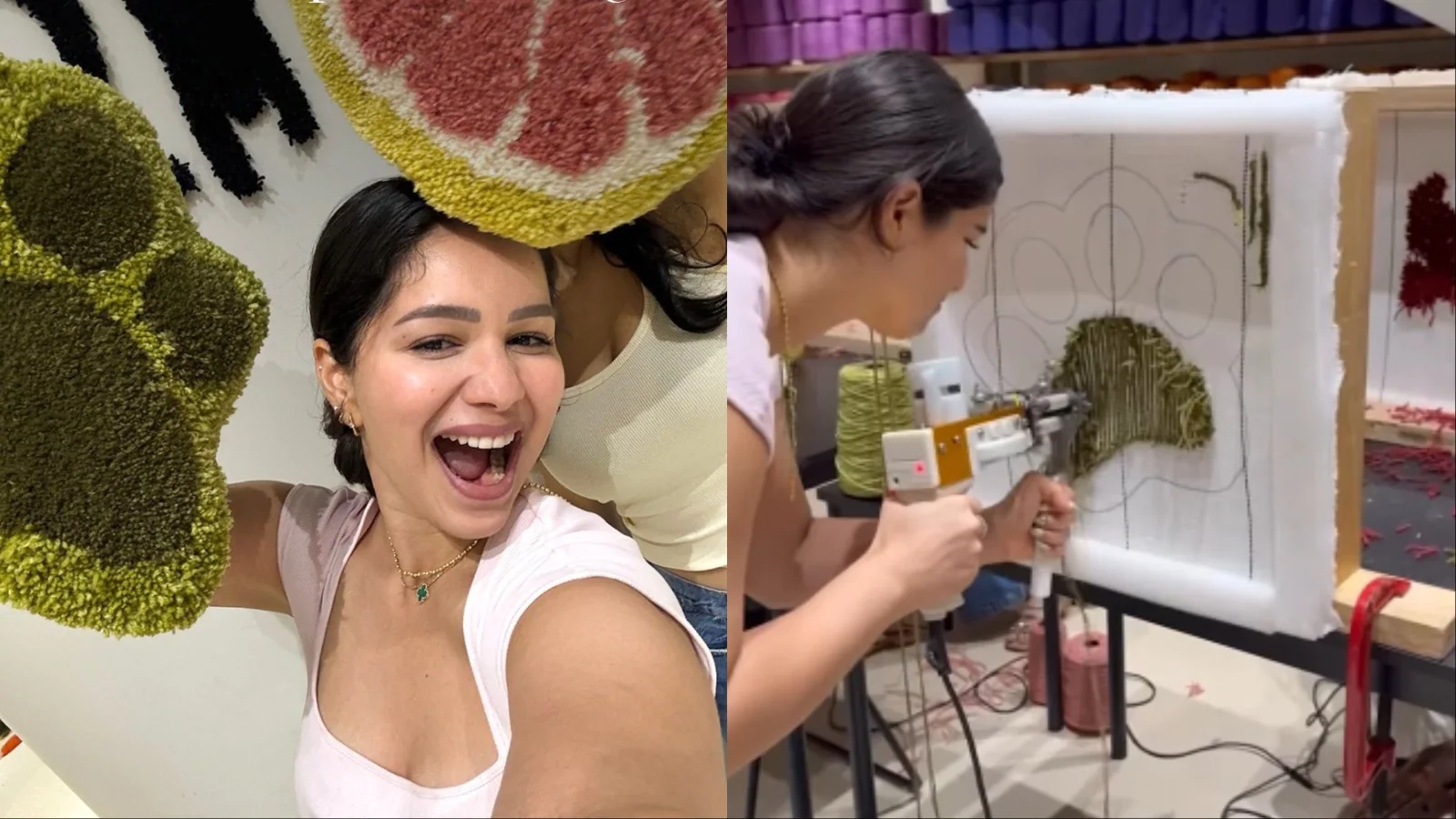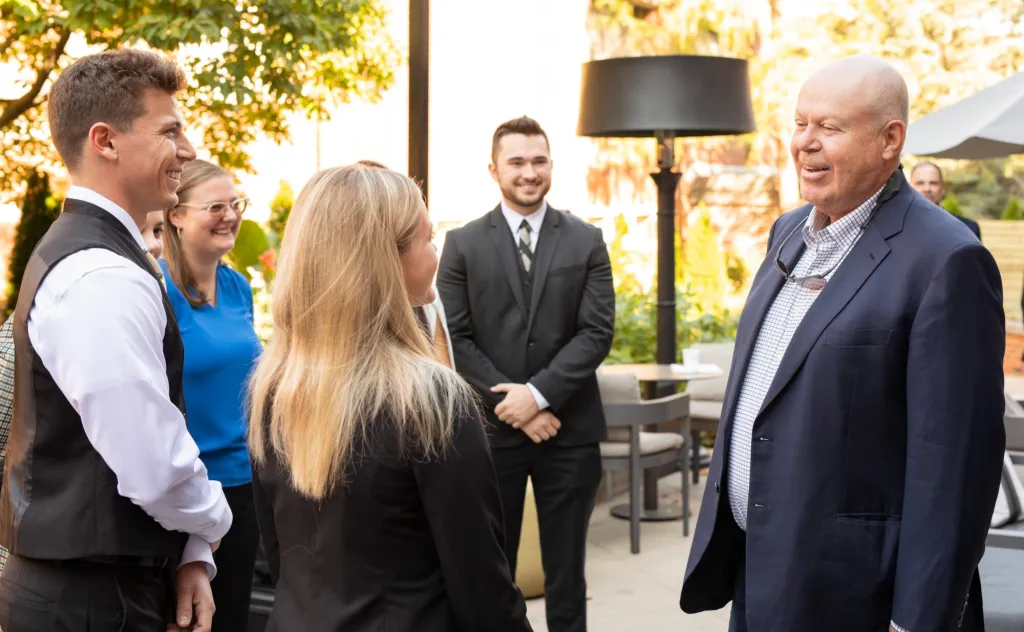
North Bay Zero Waste Week begins Oct.11. It is part of an annual global campaign that begins with a grass-roots approach to raise awareness about the environmental impacts of waste and ways to live a more zero-waste lifestyle. Throughout the week, groups around the North Bay Area will be demonstrating how we all can be part of the solution through public education events and activities that focus on reducing, reusing, recycling, repurposing and composting. Zero Waste can also apply to conscientious resource use including water and energy conservation. It is all about mindful use and consumption. Everyone can be part of the solution!
Zero Waste Sonoma and Zero Waste Marin are partnering with 25+ local organizations and cities to bring a full week of free and donation-based educational opportunities and participatory events to the public. Sonoma County Master Gardeners are offering a fun-filled and informative morning of hands-on activities, workshops and information tables for all ages. Join us from 10 a.m. to noon on Oct. 11 at our Los Guilicos Teaching and Demonstration Garden, 1 Los Guilicos Road, Santa Rosa. For more information and to register for this event visit our website sonomamg.ucanr.edu// or Learn more at https://northbayzerowasteweek.org/.
Fall perennial care
Perennials thrive with little intervention during the growing season, but once the temperatures drop, they need extra attention.
Water: As the days get shorter and colder, perennials begin to dry up, and their leaves turn brown. This doesn’t mean they are dying. They are just entering their dormant period. Continue to water so they don’t enter winter in a dehydrated state. Their roots need the moisture to stay strong and healthy.
Prune: Remove old wood and spent blooms to promote next season’s growth. Trim back one-third to one-half of the plant, avoiding bare wood. Cut stems just above a node. Some gardeners prefer to leave seed pods for birds and trim later to suit their aesthetic.
Divide: Fall is ideal for dividing crowded spring perennials such as dianthus, geranium, penstemon, daylilies (Hemerocallis), hosta, coneflowers (Echinacea), and yarrow (Achillea). Use a sharp spade to separate clumps, which can be replanted or given as gifts.
Mulch: Apply a layer of mulch to protect perennials through winter.
Plant
October is ideal planting time in Sonoma and Napa Counties. While the soil is still warm from September’s heat, roots on new plants begin to take hold and boost growth even as days cool down.
Early October is the perfect time to plan and implement the addition of native plants to local gardens. California natives increase biodiversity in our landscape and support local ecosystems most efficiently. When planning, keep in mind a key principle of sustainable gardening – “right plant, right place.” Check that the location can accommodate both plant size at maturity and plant sun exposure requirements. You might want to look through our page on California natives bit.ly/44Ov237 and pick the appropriate plants for your situation.
This is an ideal time to plant garlic. Most local nurseries carry a variety of garlic bulbs grown specifically for home gardens. To plant garlic, separate each clove from the bulb and plant the pointy side up, 4 to 6 inches apart and 2 to 3 inches deep. While you’re at the nursery, pick-up some late-winter and early-spring blooming bulbs like daffodils and tulips. Also consider adding native plant bulbs to your garden. See our Press Democrat article on native bulbs and their many benefits at https://tinyurl.com/yw25t7j9 and https://www.pressdemocrat.com/2024/08/22/california-native-bulbs-to-buy-now-and-plant-in-the-fall/
If you planted a fall/winter veggie garden, it’s not too late to add a few more cool-weather crops such as bok choy, peas, radishes and salad greens. October is the time to plant vegetable starts rather than seeds now that temperatures will be dropping.
Sow wildflower seeds
October is also a good time to sow California wildflower seeds. Prepare a site in your garden a week or two before you plan to sow seeds. First, remove any weeds and grass that can compete with new wildflower seedlings. After you have removed the existing vegetation, loosen the soil to a depth of no more than 1 to 2 inches to keep the dormant weeds covered, and water well. After two weeks or so, remove any new weeds that have sprouted. Before sowing the seeds, moisten the soil thoroughly. Mix the wildflower seeds with horticultural sand or vermiculite to make spreading easier. Don’t bury the seeds or they won’t sprout. Instead, scatter seed by hand or use a seed dispersal tool to ensure even distribution. Lightly rake or sprinkle the seeded area but avoid covering seeds completely. You can also press the seeds in with a piece of cardboard. Keep the area moist, but not saturated, until seeds germinate. If all goes well, the fall and winter rains will provide enough moisture. During drought years, be prepared to provide supplemental irrigation after seeding and throughout the bloom period.
For more information on Vermiculture read: Put worms to work making compost for your Sonoma County garden: https://www.pressdemocrat.com/2025/05/08/put-worms-to-work-making-compost-for-your-sonoma-county-garden/



